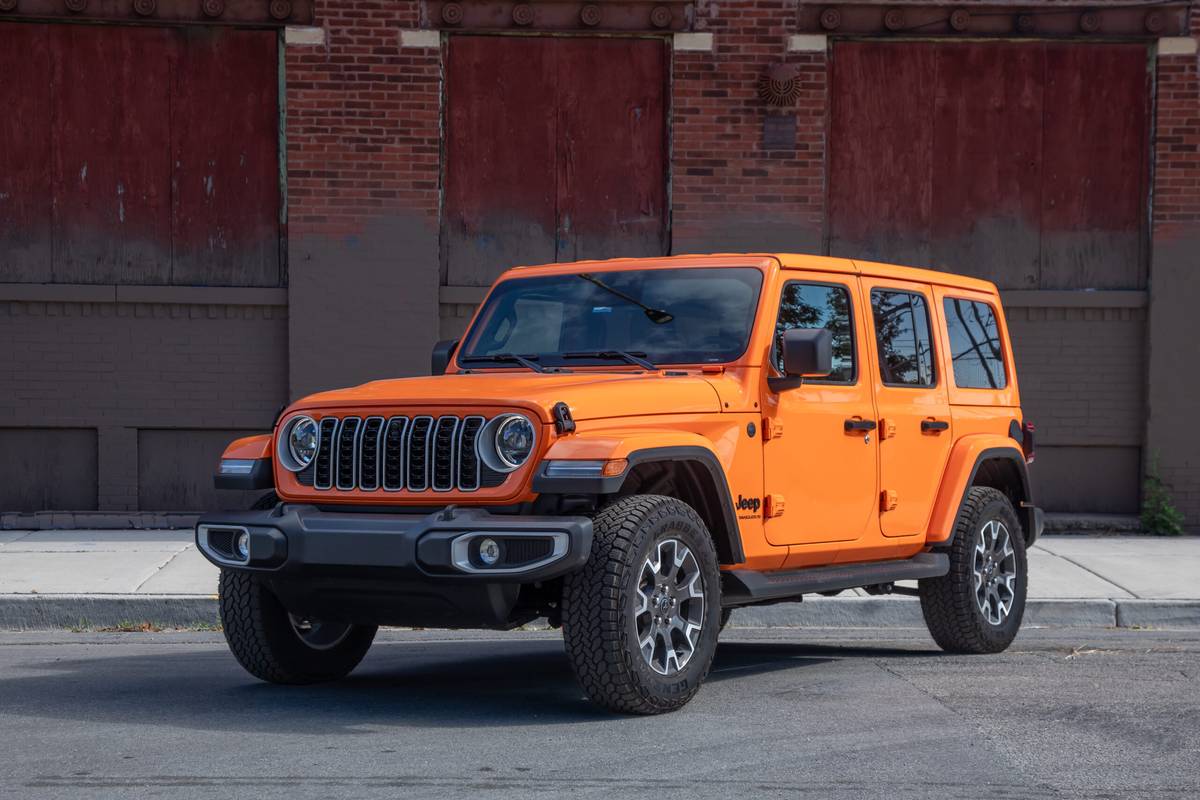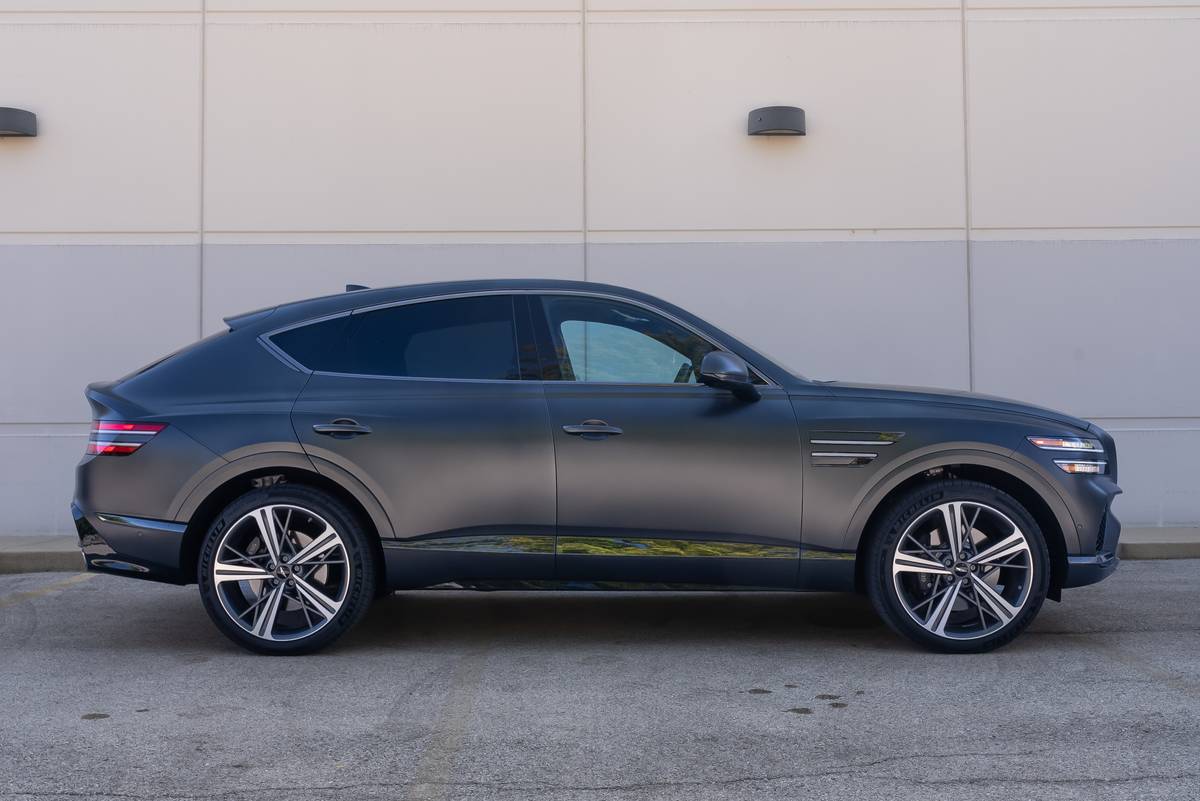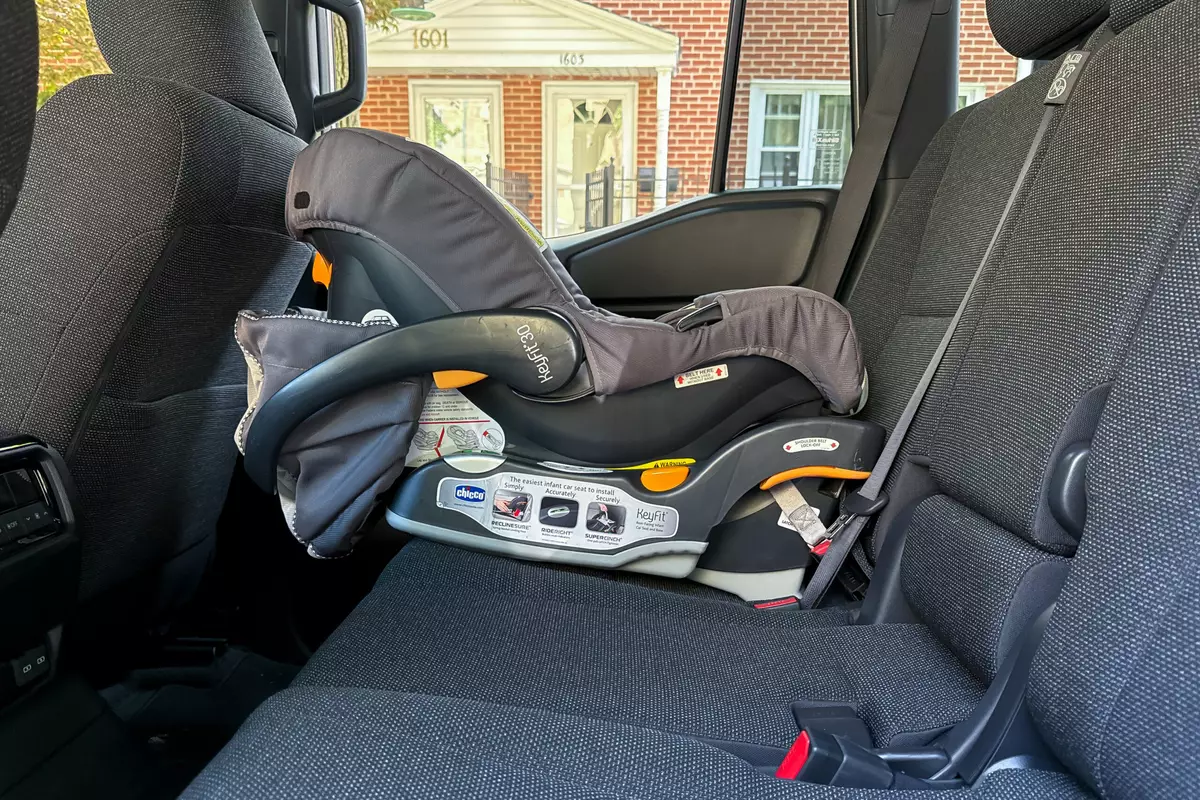AZCentral.com's view
The snow was falling fast and thick as we rolled through the deepening drifts around Flagstaff.
On the steep and winding road to the Snowbowl ski area, we swung out to pass numerous front-drive cars and even a few sport-utility vehicles that were spinning wheels helplessly on the slippery surface.
These were perfect conditions to test the electronically controlled all-wheel-drive system of a Volvo V70 station wagon. And it passed with traction to spare, turning this snowbound adventure into a piece of cake.
Tucked into the fragrant leather interior, the family was snug and secure with the air of Alpine travelers, feeling so European.
The V70 wagon is the latest generation of Volvo’s original group of front-drive cars, previously called 850 series. The 850s also mark Volvo’s concerted attempt to shed its stodgy image in favor of flair, performance and personality.
Volvo claims there have been 1,800 changes from the 850 cars – no small deal because the 850s already were a cut above.
The new nomenclature is simple: The S70 is a sedan, C70 is a coupe and the V70 is, well, maybe it’s not so simple. The “V” stands for versatility. Go figure.
Versatile is an apt description of this all-wheel-drive wagon, new for ’98. Although it showed its stuff slushing through deep snow, the V70 also impresses on dry ground.
There’s nothing stodgy about this Volvo station wagon when it comes to performance. Our tester was the high-powered R version, using the muscular high-pressure turbo engine that makes it the quickest station wagon at the drag strip.
The naturally aspirated engine earns 168 horsepower, while the light-pressure turbo gets 190 horsepower. When not all-wheel-drive, the wagons manage to haul their cargo with the front wheels.
The V70 may not be as sharp-looking as the new C70 coupe and convertible, but it does go. The turbocharged five-cylinder engine provides strong acceleration, with engine torque coming in at a low 2,100 rpm. Handling has the kind of taut, aggressive feel usually found only in expensive German cars.
This is why, for many real-world reasons, the V70 beats sport-utility vehicles at their own game. The Volvo has the security of all-wheel-drive while functioning as a fast, maneuverable and even sporting road car.
There’s also a model of the V70 called the XC (for cross-country) that uses a treatment similar to the Subaru Legacy Outback to bring its wagon closer to sport-ute territory. With the more powerful turbo engine and a raised suspension (which lowers electronically at highway speeds), the XC could provide all the back-country exposure most people would desire.
But the V70 filled the bill for our family of four and our weekend gear. The only caveat is the 40-grand price tag that puts it into fairly exclusive territory. If you don’t require the turbo engine, AWD or the various other bells and whistles, V70s can be had for considerably less money, starting at $28,000 for the non-tu rbo with stick shift.
The new body style is handsome, though the appearance of our test car was compromised by a strange paint color the company calls “flaming dawn” but that we renamed “flaming pumpkin.” Otherwise, Volvo has rounded the corners and provided more contours to soften the boxiness of the 850 sedans and wagons, making them more attractive and less Suburban-looking.
Like all Volvos, ours had an exceptionally comfortable, businesslike interior with every power accessory imaginable. The driver’s seat has to be the most comfortable on the planet, more like a fine piece of furniture than a car seat. And I don’t know what trick these Swedes have up their sleeves, but the leather smell is intoxicating.
Fortunately, the interior in our car was the darker, more subdued version with tasteful wood accents and trim. Many of these Volvos have a surprisingly garish wood treatment, supposedly meant to inspire the feel of a Nordic lodge but more likely to inspire ques tions ab out aesthetics.
The dashboard and gauges have a nice look, but then try to find the buttons and switches, which seem to be scattered randomly. At least all the controls and switches have a nice, solid feel, typically Volvo.
The wagon bed is very convenient, and includes a soft net that pulls up out of the back seat so that you can load the back with stuff without having to worry about it flying around in a panic stop or a crash. You’ll find less space back there than in the old rear-drive 240s that soldiered on for decades.
Naturally, safety is a big priority around Volvo design, and this wagon has the latest features, including side air bags, and then some. Of course, the greatest safety feature is not getting into a crash, and the Volvo has the precise steering, tight maneuverability and strong brakes to provide the extra margin in a dicey situation.
For most people, the name Volvo conjures an image of safe-but-boring cars. Those who shrug when you mention a fast trip in a new Volvo may have missed the renaissance that puts this venerable automaker on par with the best Europeans in road handling, while providing a lower-priced alternative to the top luxury marques.
And few cars play as well in the snow.
1998 Volvo V70
Vehicle type: Five-passenger, four-door station wagon, all-wheel drive. Base price: $40,995. Price as tested: $42,165. Engine: 2.3-liter in-line five, 236 horsepower at 5,100 rpm, 243 pounds-feet of torque at 2,100 rpm. Transmission: Five-speed automatic. Curb weight: 3,433 pounds. Length: 185.9 inches. EPA fuel economy: 18 mpg city, 25 mpg highway. Highs: Strong performance. High comfort level. “V” for versatility. Lows: Premium price. Confusing dashboard. Goofy color.
Latest news

10 Biggest News Stories of the Week: Jeep Wrangler Rides on Audi E-Tron GT, Chrysler Pacifica Hybrid


